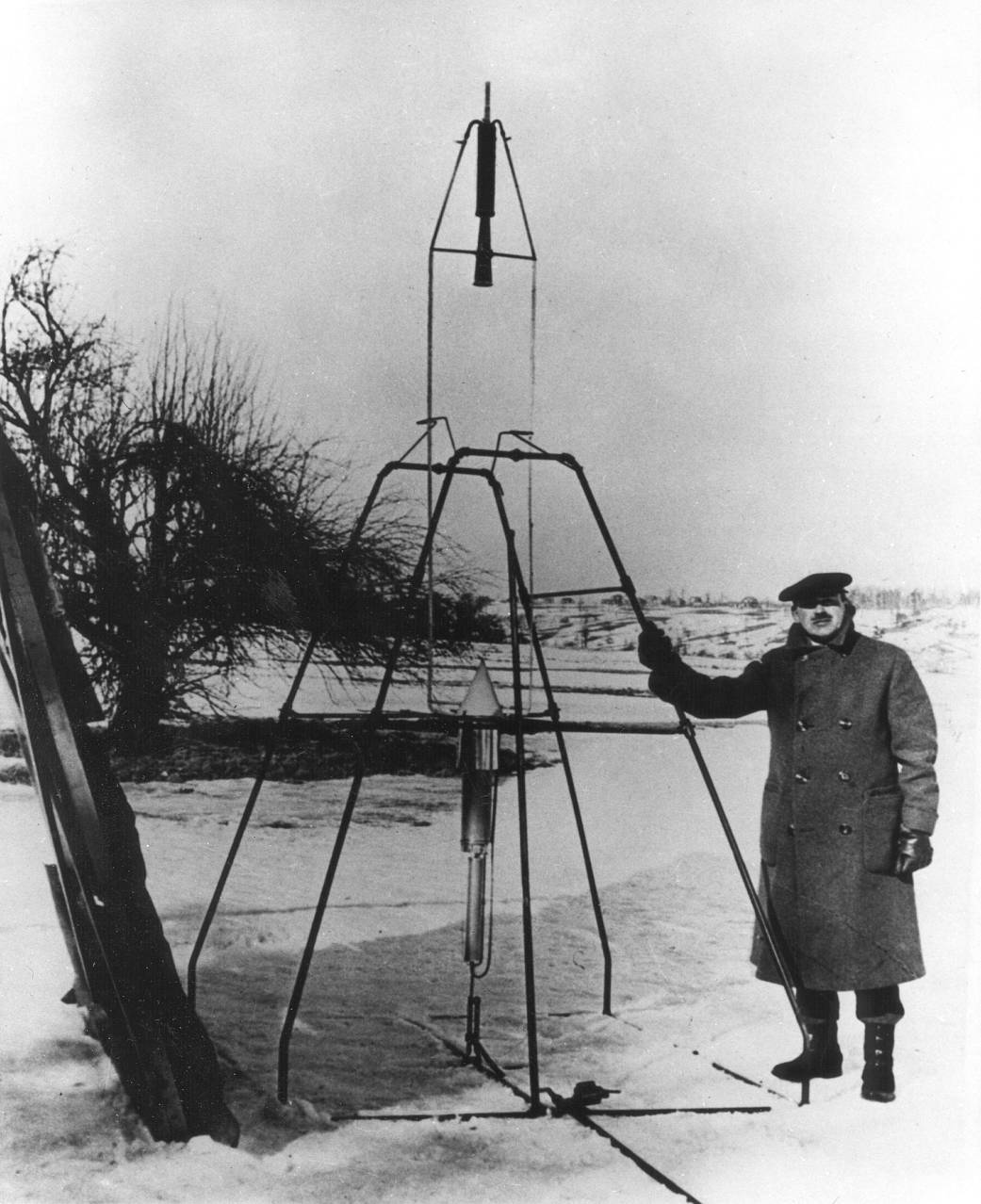Robert H. Goddard was, in many ways, ahead of his time. And, like most such people, his work was misunderstood and often ridiculed. Yet, he is the father of the modern liquid-fueled rocket and made spaceflight possible. So frustrated was he, that by 1915, he was considering abandoning work on rockets, since no one else seemed to think it promising. If not for a letter he wrote to the Smithsonian requesting funding in September 1916, he may have faded into obscurity. Fortunately, Goddard’s letter was received by then Smithsonian Assistant Secretary Charles Greeley Abbot. After reading the letter, Abbot considered Goddard’s work as “sound and ingenious,” and recommended to Secretary Charles Doolittle Walcott that the Smithsonian should support him. One hundred years ago on January 5, 1917, Walcott wrote to Goddard informing him that he received a $5,000 grant from the Hodgkins Fund for atmospheric research.
The Smithsonian continued supporting Goddard’s research for many years, and not just with financial support. In 1919, the Smithsonian published Goddard’s classic treatise “A Method of Reaching Extreme Altitudes in the Smithsonian Miscellaneous Collections (Vol. 71, No. 2)”. This publication contains the basic mathematical theory underlying rocket propulsion and rocket flight. So misunderstood was Goddard’s research that the New York Times in an article from 1920 denounced his work, saying that “he only seems to lack the the knowledge ladled out daily in high schools.” On July 17, 1969, as Apollo 11 hurtled toward the moon, the Times issues a correction.
Lear more about Robert H. Goddard: https://www.nasa.gov/centers/goddard/about/history/dr_goddard.html



























